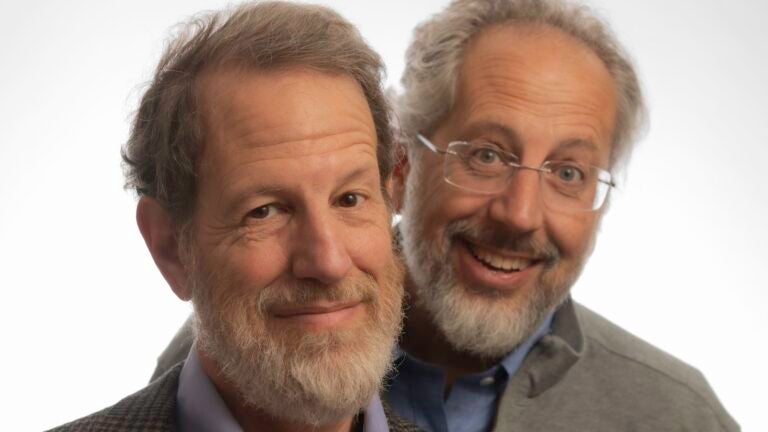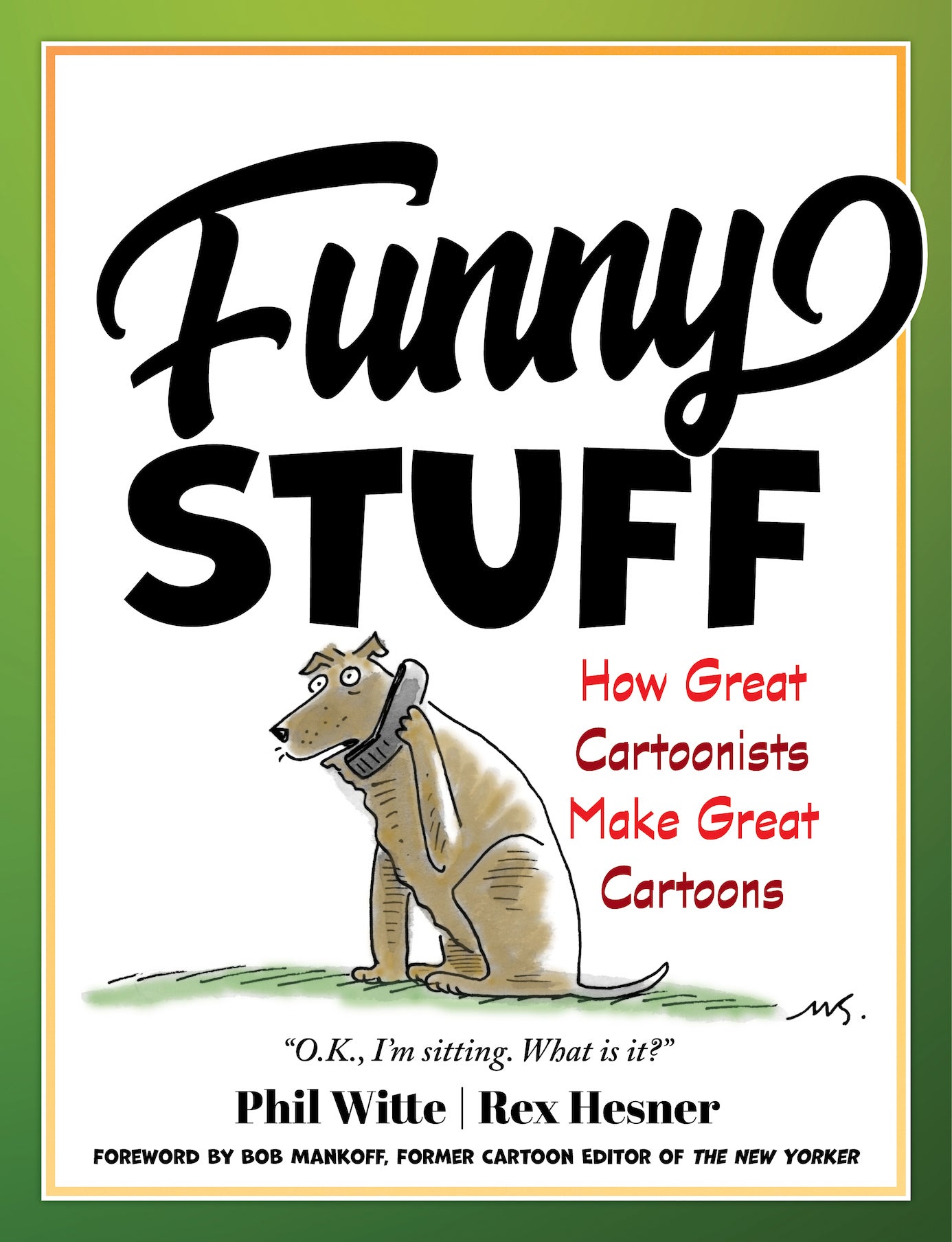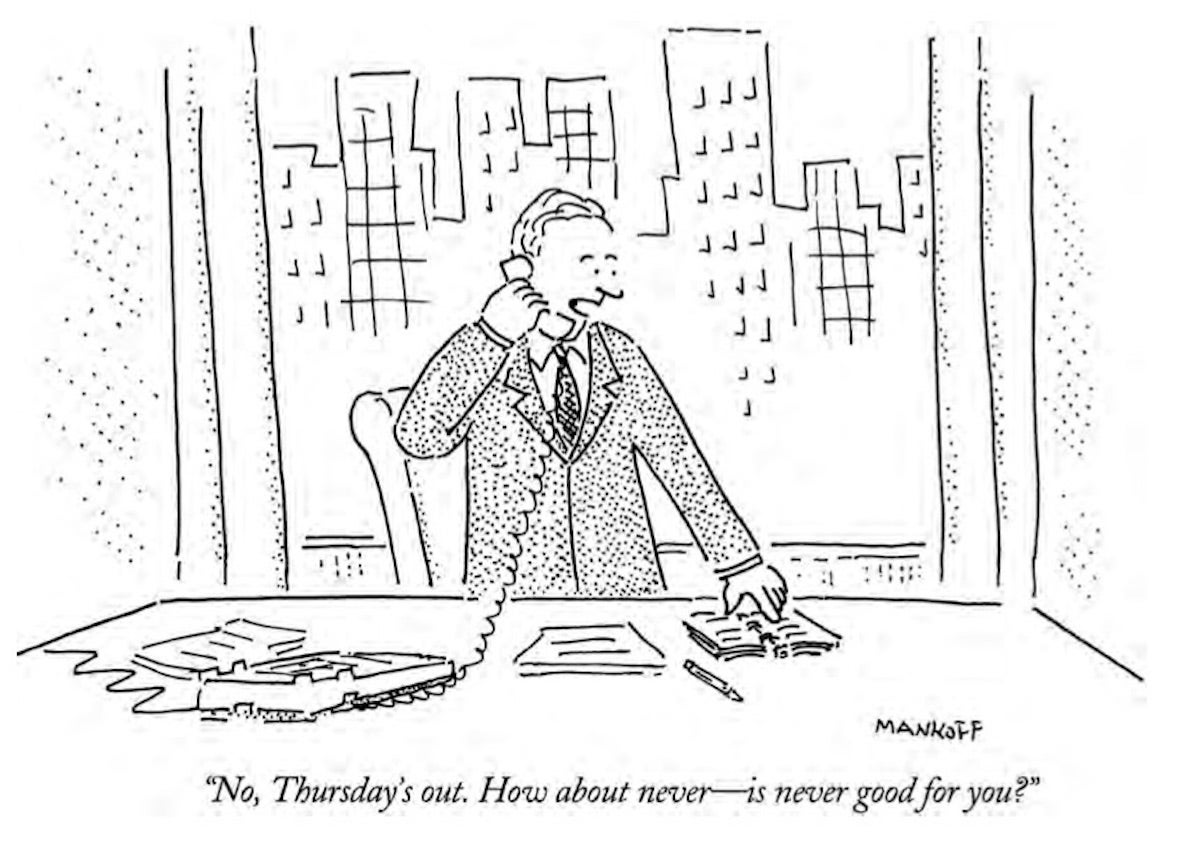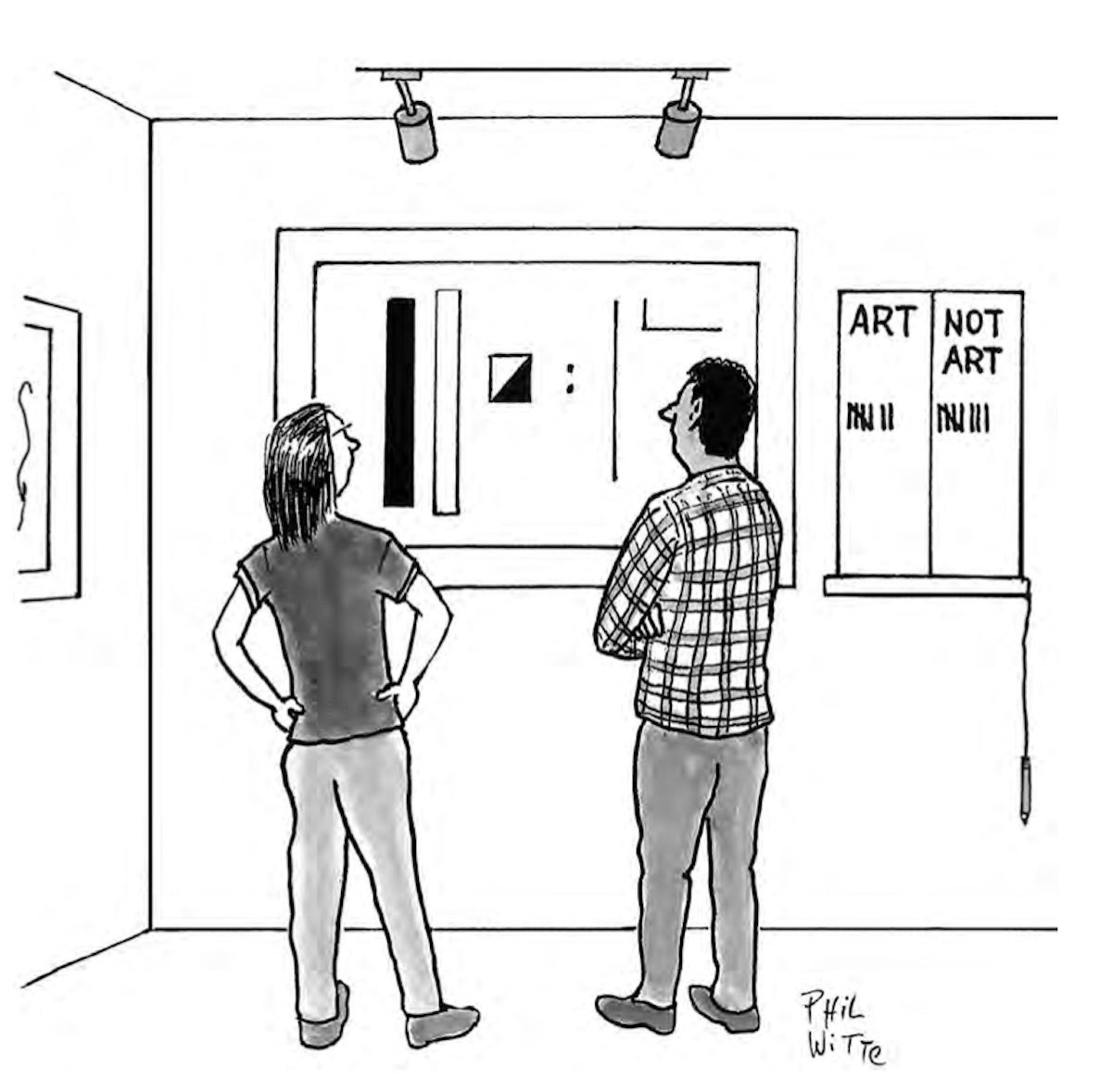Arts
“Funny Stuff: How Great Cartoonists Make Great Cartoons,” by Phil Witte and Rex Hesner, explains exactly that.

They take about two seconds to read. (OK, maybe three if there’s a long caption.) And yet done right, a particular panel cartoon — the kind you see in the New Yorker — can resonate so deeply that it winds up adorning kitchen refrigerators, office bulletin boards, and social media feeds for years on end.
So how do panel cartoonists do it, with artwork that can sometimes amount to no more than a few scrawled lines, and text that might comprise just a few words? It’s a question that, apparently, haunted Phil Witte and Rex Hesner — so much so that they wrote a book about it, “Funny Stuff: How Great Cartoonists Make Great Cartoons.”
Not that it was completely their idea — Bob Mankoff, the former cartoon editor of the New Yorker, actually suggested it after taking notice of Witte and Hesner’s blog, “Cartoon Companion.”

“The world doesn’t necessarily beat a path to a website when you stick one up,” noted Hesner, a one-time Jamaica Plain resident and self-proclaimed “cartoon critic.” “But in our collaboration of writing and reviewing these cartoons … we got the attention of not only cartoonists from the New Yorker, but from Bob Mankoff himself. He showed up in our inbox one day, so that was the beginning of it.”
Mankoff, who after the New Yorker had moved on to run the cartoon clearinghouse CartoonStock, offered Witte and Hesner the opportunity to bring their analyses of the cartooning arts to his site, in the form of a new blog, “Anatomy of a Cartoon.”
“He lured us from this unpaying private thing that we were doing to a paid gig with a much, much bigger audience, and after considering the offer for two seconds, we said, ‘Of course,’” laughed Witte, a well-established cartoonist in his own right.
From there, it wasn’t long before the suggestion for “Funny Stuff” came about.
“We were on a call with Bob, and if you wanna have a great time, get on a phone call with Bob Mankoff,” Hesner recalled. “But anyway, during that call, he said to us, ‘Why don’t you guys write a book?’ And that kind of knocked us sideways. And next thing you know, we’re sitting down and sketching out some ideas.”

“We kind of got back to the basics, which is why we like cartoons, and why do certain ones appeal to us more than others?” Witte explained. “And the more we thought about it, we got really deeply into it, and realized all these different components that were in the cartoons.
“Plus, we knew many of the New Yorker cartoonists,” Witte said, “and when we talked about it to them, they were excited about this kind of book, because it reveals what they are doing, which is something that is kind of a mystery to most people.”
Maybe not the drawing so much, although obviously that’s a huge part of a successful cartoon. But often it’s the mysterious art of coming up with just the right caption that separates the cartooning wheat from the cartooning chaff.
“We have an entire chapter on captions, basically some guidelines,” noted Hesner. “For example, the first one is, keep it short. And then, second, put the funny at the end.” (Write that down!)
“It’s really based on my own experience,” Witte elaborated. “You’ve got to get the words exactly in the right position, and how many? And with the most impact. Because you only have one shot at it … You really think more about the caption than even how the drawing is going to look.”
But then, what about cartoons with no caption at all? (Like this classic John O’Brien panel, which is featured in “Funny Stuff.”)
“It’s a real trick to be able to do that, because obviously it all has to be done visually, and you have to get the point across without any explanation,” Witte explains. “So it requires a little bit more of the reader as well — it’s like a high art form within cartooning itself.”

While their book does discuss captions, types of humor, idea generation, and — watch out! — “The Psyche of the Cartoonist,” “Funny Stuff” isn’t a how-to book, although it could certainly serve as that. It’s more a deep dive into the inner workings of a beloved art form, one for which essentially no topic is beyond its scope.
For a local example, look no further than New Yorker cartoonist Christopher Weyant’s response to the Boston Marathon bombings, which shows a Yankee-fan father telling his son, “Today we’re all rooting for Boston.”
“It refers to a very tragic thing,” Witte explains. “But the picture — you know, father and son going to a baseball game — by treating it a little bit obliquely, or from a very different angle, it still makes the point. That’s an excellent cartoon.”
That cartoon isn’t in the book, but dozens of other panels by the world’s greatest cartoonists are, including examples from the likes of Roz Chast, Sam Gross, P.C. Vey, Harry Bliss, Charles Addams, and many others (not to mention a few Phil Witte specials).
And beyond the insights into the specifics of this very particular craft, the book is also simply a celebration of the creative process.
“Anyone who’s involved in the arts, I think, is interested in that creative side of things, and how that manifests itself, and the frustrations,” Witte said. “I mean, you can enjoy it for sure, and you do it because you really need to do it. But it takes effort.
“And you know, where’s that come from? Where’s the persistence that you have to be able to do it?” he asks. “It’s necessary just to satisfy your soul.”
“Funny Stuff: How Great Cartoonists Make Great Cartoons,” by Phil Witte and Rex Hesner with a foreward by Bob Mankoff, comes out July 16 from Prometheus Books. Listen to the full interview with Witte and Hesner on “Strip Search: The Comic Strip Podcast,” below:
📚 Stay up-to-date on the Book Club
Catch up on the latest Boston.com Book Club pick and join the virtual author discussions.








Leave a Comment